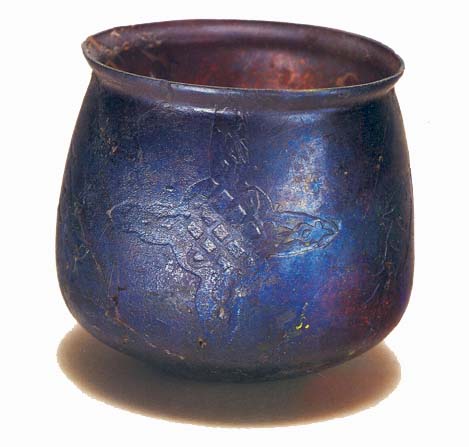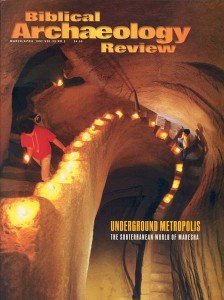
In a recent issue of BAR,a London antiquities collector Shlomo Moussaieff bemoans the fact that collectors, among their other difficulties, are the constant prey of fakers. Moussaieff knows whereof he speaks. No serious collection of archaeological artifacts, public or private, has failed to “swallow” its share of fakes and forgeries.1
For an exhibit called “Fakes and Forgeries” that I curated several years ago at the Eretz Israel Museum in Tel Aviv,b Mr. Moussaieff lent us two genuine silver Athenian tetradrachmas of the fifth century B.C.E., each of which bore deep chisel marks. These chisel marks point to the existence of counterfeiting even in ancient times and attest the efforts to detect it. The authenticity of the coins was tested by inflicting deep chisel cuts to make sure that they were solid silver and not silver-plated copper.
In his encyclopedic work on natural history, Pliny the Elder, the Roman savant of the first century C.E., warns his readers against fake precious stones.
Already a library member? Log in here.
Institution user? Log in with your IP address.

